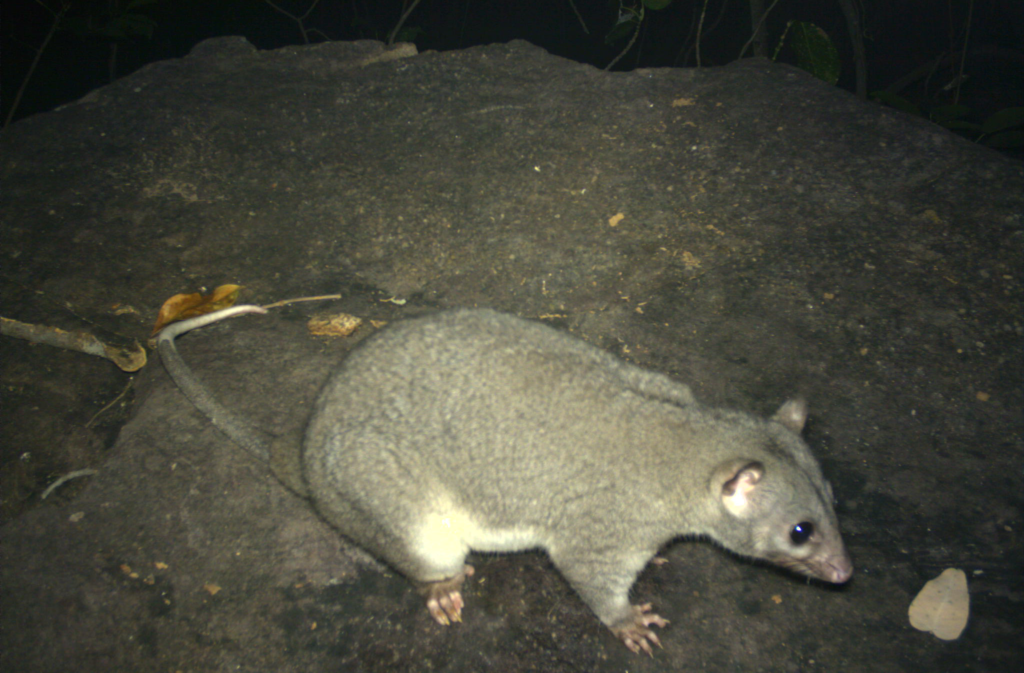AWC is proud to announce a new partnership which is set to deliver a major win for conservation in Australia’s remote Northern Territory.
AWC has been contracted to deliver land management (controlled burning, feral animal control and weed eradication) and science across one of the country’s most iconic pastoral leases. Bullo River Station, located 360 kilometres south-west of Darwin, came to national prominence in the 1990s with the publication of Sara Henderson’s book From Strength to Strength.
Bullo River Station is one of Australia’s best known commercial cattle leases and is now an important site for conservation. This innovative partnership will help protect a suite of threatened species consistent with its use as a commercial cattle property and ecotourism operation. The partnership also has the potential to be a catalytic model for wider application on commercial pastoral land.
Covering more than 160,000 hectares, the property includes an impressive array of ecosystems. The rich alluvial floodplains of the Victoria and Bullo rivers, dissected sandstone plateaux, sweeping eucalypt savannah woodlands and open grasslands provide vital refuge for northern Australia’s declining wildlife. However, the region’s native animals are threatened by wildfires, feral herbivores and weeds.
Under the partnership, AWC is contracted to improve the ecological health of Bullo River Station through the delivery of land management and conservation science across key areas of the property. The property continues to be managed as a commercial cattle station, alongside a sustainable eco-tourism operation.
Our partnership with Bullo River’s owners and long-term AWC supporters, Julian and Alexandra Burt, is recognition of AWC’s efficiency and successful track record delivering science-based land management. It also establishes a template for the management of other commercial cattle properties, providing a catalyst for change on commercial pastoral land for the benefit of Australia’s threatened wildlife.
“We fundamentally believe in achieving a long-term balance between the cattle station and its environment to protect this land for centuries to come.”
– Julian Burt, Bullo River Station owner
Extraordinary conservation values of Bullo River
Wildlife populations across northern Australia are in decline. Populations of small mammals and seed-eating birds are being driven to extinction by a combination of feral cats, altered fire regimes and large feral herbivores (such as donkeys, cattle and buffalo). Bullo River Station provides a refuge for a host of threatened species, such as Short-eared Rock-wallabies and the nationally threatened Gouldian Finch which was recently confirmed in AWC’s initial surveys of the property. In fact, the total number of birds at Bullo River Station is likely to exceed 200 species.
First ever record of Wyulda in the Northern Territory
In late 2018, AWC field ecologists ventured into Bullo River to commence a major, multi-year biological exploration. Our initial survey efforts were rewarded with the detection of a rare Wyulda (Scaly-tailed Possum) on one of our motion-sensor cameras. This represents a significant range extension for the species which, until now, has only ever been recorded in the Kimberley of Western Australia, more than 150 kilometres away.
Additional surveys in 2019 will improve our knowledge of Bullo River’s spectacular biodiversity and help inform the design and delivery of feral animal control and fire management.
 © AWC
© AWC
Delivering effective land management
The ‘wet’ season in the northwest has already come to an end, and AWC’s field team has begun implementing prescribed burns across our northern Australian sanctuaries, including at Bullo River. Our fire management program is unique – AWC delivers the largest non-government fire management program in the country; from the Kimberley to the Top End and Cape York.
Extending the AWC model
Under this innovative model, AWC is partnering with a commercial operator, providing a template for the delivery of conservation on commercial pastoral land. Here, AWC has an opportunity to demonstrate that conservation partnerships can deliver a positive return on investment – both for both commercial pastoralists and for wildlife.